'Somewhere along the way, elected office-bearers appeared to have lost sight of the interest of cricket and begun to pursue their own interpretation of what the game should be.'
'Families made it a tradition to have their representatives occupy, if not usurp, positions in state associations,' points out Vinod Rai, who will step down as head of the BCCI's Committee of Administrators on Wednesday, October 23.
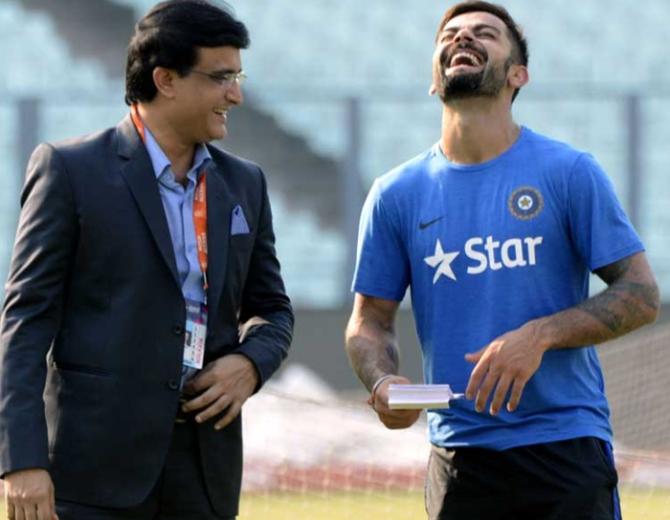
So what ails the administration of the BCCI?
Why has the BCCI been in the news for all the wrong reasons over the past few years?
Were the state associations, which are the constituent bodies of the BCCI, well administered?
To answer these questions and to be able to appreciate why so many cases had been filed in different courts and why the Supreme Court had to devote its time to the BCCI, we need to examine the functioning and failures of its governance structure.
The government and the BCCI may have argued that the BCCI was not a 'state' in the strict sense of the word. However, it cannot be denied that a cricket team selected by the BCCI is recognised as the team representing the country.
It is also a fact that the BCCI collects revenue and utilises the resources so collected to build cricketing infrastructure and conduct tournaments, in which states are formally represented.
Any credible institution professing to do so must ensure a full-time management setup with good financial accountability and transparent systems of administration.
The BCCI prided itself on having a management system presided over by the most experienced cricket administrators in the land.
However, when the challenge of big money, star power, 24x7 national-media focus and its own internal conflict of interest transgressions arose, the soft underbelly of the BCCI was revealed.
There was no transparency in its administration and its governance structure revealed that amendments to its rules and regulations were made at short notice, perhaps to pave the way for its functionaries to undertake commercial ventures.
It had no code of ethical conduct for its office-bearers, no ombudsman to delineate the fault lines and, above all, offered a structure which acquiesced to the power dynamics of the electoral ecosystem.
However, the redeeming factor was that the common man had begun to seek accountability and use the weapon of the PIL.
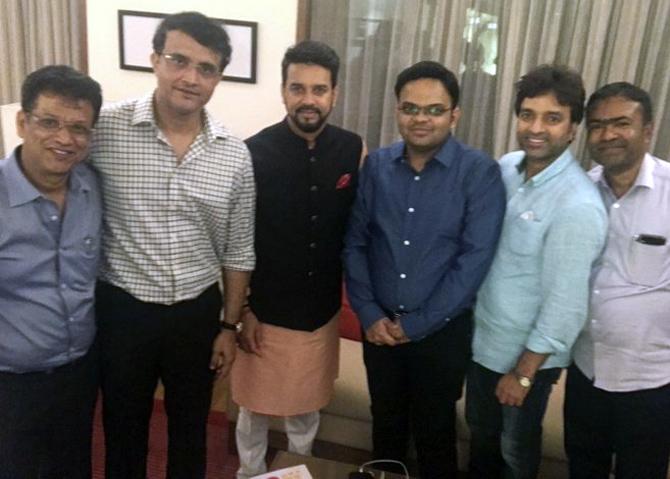
This compelled the country's richest sports body, despite all its influential connections, to have its 'autonomy' invaded and its woefully inadequate accountability and management practices revealed.
Somewhere along the way, the elected office-bearers appeared to have lost sight of the interest of cricket and begun to pursue their own interpretation of what the game should be. This brought about a great degree of discomfiture among players, cricket lovers and cricket administrators.
Families made it a tradition to have their representatives occupy, if not usurp, positions in state associations.
There were instances of office-bearers occupying positions for a dozen years and more.
Naturally, a person occupying a post for ten or fifteen years would have a morphing of his own interest as the national interest. Or at least believe that his interpretation was the ultimate. Personal interests developed.
The most glaring example was that of the controversial amendment to the BCCI constitution's clause 6.2.4, which allowed board officials to have a commercial interest in the IPL and the Champions League T20.
The Supreme Court in its judgment pertaining to the 2013 IPL corruption case had declared this amendment 'void and ineffective, unsustainable and impermissible in law', as it was said to have 'authorised' the 'creation and continuance' of a conflict of interest situation.
The two-man bench of Chief Justice T S Thakur and Justice F M I Kalifulla said the amendment of the rule was the 'true villain' in the situation at hand and had perpetuated the conflict.
The rule had been amended in September 2008, six months after the Chennai franchise was sold to India Cements, which was owned by the then BCCI secretary, N Srinivasan.
Instances of self-perpetuation and morphing of personal interest into that of the institution clearly point to the failure of the governance structure to provide good governance practices and the lack of a professional administrative system to ensure accountability and transparency.
Irrespective of the legal definition of these bodies, it is undeniable that they will henceforth be held accountable for the actions they take.
it is only essential that good governance practices, with built-in integrity and ethical codes, be adopted at the earliest. This is exactly what the Lodha Committee had sought to do.
The committee recommended a two-tier structure. At the apex level is the board of governance (called the apex council), which shall have all the powers of the general body to provide strategic guidance to the institution.
It is the agency empowered to take all the policy-level decisions and exercise superintendence over the CEO and all the committees, in the discharge of the duties assigned to them. Thus, it becomes the principal decision-making body as selected by the general body.
At the administrative/management level are the full-time professional managers, with the CEO heading the team.
It needs to be emphasised that to ensure good corporate governance, the CEO has to be a full-time professional who has adequate exposure to cricket, experience in managing a large organization and familiarity with legal and regulatory responsibilities.
Only then can accountability and transparency be established. This is the edifice on which the NSDCI 2011 has been premised. It was devised after a thorough study of sports bodies around the world and had factored in all the essential features to ensure good corporate governance.
Good corporate governance also stipulates that directors of the board should not occupy positions for unlimited periods.
It is for this reason that the Lodha package of reforms had prescribed a 'cooling off ' between any two tenures at any position in the BCCI apex council. It is only natural that a person getting an
Thus, uninterrupted tenure as an office-bearer would develop crony interests and rigidity in ideas, thereby leading to lack of objectivity.
Boards in other countries, such as the England and Wales Cricket Board and Cricket Australia, have a two-tier structure. A board of governance occupies the first tier, while a full-time professional executive setup is at the second tier.
Ironically, much has been said by those who have been associated over long periods with the BCCI.
They insist that continuity over a few years is essential for building relationships in different boards and developing familiarity with ICC practices, persons and issues.
This argument has been advanced to thwart the norm for cooling off. However, besides the fact that it does not take much time for anyone to familiarise themselves with issues and practices, voting and consensus are not based on individual relationships.
Voting on issues in the ICC is determined by the country's self-interest.
It is significant that it took Vikram Limaye (one of the members of the CoA) barely five days after being appointed to the CoA to understand the new financial model of the ICC and devise an alternative format which offered a win-win formula to participating countries.
This alternative could not be tested in the ICC Board meeting as Limaye was not the authorised representative of the BCCI to the ICC Board and the authorised representative (the then acting secretary) was committed to reiterating a revenue-sharing model devised in 2014.
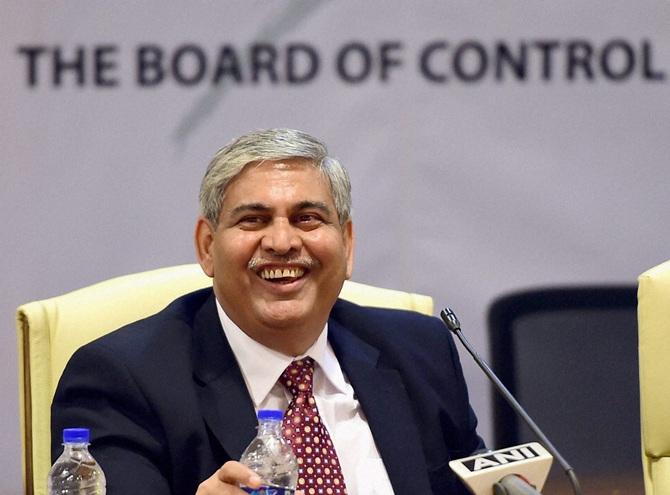
This model never got operationalised, as it had been reversed by a vote of 9:1. The 2014 model, which had been premised on the 'big three' formula, was expected to net the BCCI $570 million but had not been operationalised so that no revenues as per that formulation ever accrued to India.
It is reported that Srinivasan had got that model approved when he was the ICC president, but the moment he moved out, the model got reversed in favour of more equitable distribution. As per the revised formula devised under the chairmanship of Shashank Manohar, India's share had been determined at $295 million.
The CoA soon realised that chasing the 2014 formula was like chasing a mirage. It made good media coverage to talk of BCCI domination over the ICC and that experienced administrators could recover lost ground, but it was soon realised that we needed to cut our losses and seek the best that the BCCI could receive under the new formula.
The CoA was successful in negotiating an enhancement from $295 million to $405 million. India thus continues to get the lion's share at 22.8% of the gross revenue of the ICC.
Thus, in an attempt to ensure a stellar reputation for a body which, in years to come, will have to, under stakeholder pressure, become more transparent and accountable, the elected apex council must usher in good governance norms, setting ethical standards by example and ensuring that there is no conflict of interest and misuse of insider information.
Good governance dictates that at the professional and full-time employee level, a good corporate culture is introduced.
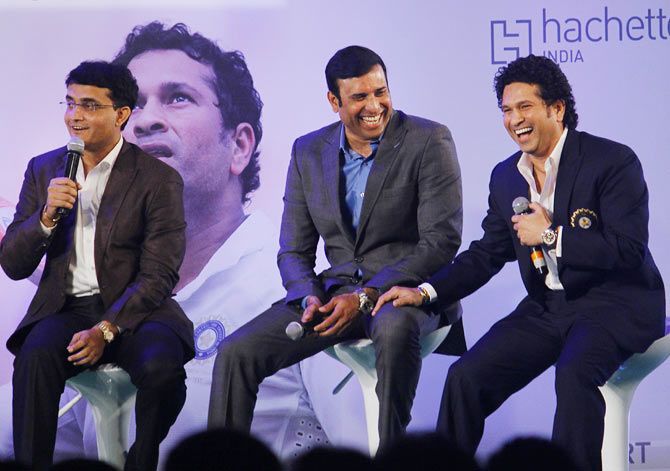
There is need to divide administration into three parts: Cricketing activities, finance and administration, including logistics and procurement.
The first category is best left to former reputed cricketers such as the cricket advisory committee for selection of a head coach. It comprises illustrious players such as Sachin Tendulkar, Sourav Ganguly and V V S Laxman.
This committee should also nominate selectors and not leave it to the general body to nominate selectors and that, too, on an annual basis.
There have been allegations of members of the general body appointing selectors from their 'coterie' and thereby influencing decisions during team selection.
Professionals working in the second and third category referred to above must introduce procurement procedures, pre-and post-audit mechanisms and ensure non-interference from outside. There is a role for an ombudsman and an ethics officer to ensure the integrity of the administration.
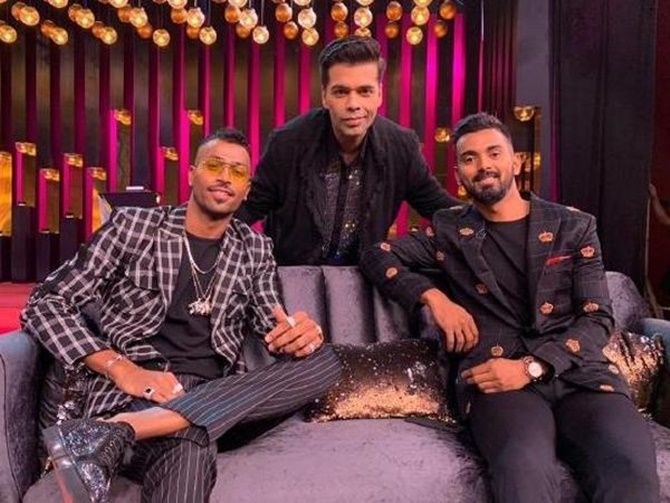
Cricket is known as a gentleman's game and players are the ambassadors of that game. Young and old alike consider them to be role models in many ways.
Hence, cricketers need to be conscious and sensitised to the fact that they should conduct themselves in a very correct fashion while in public and follow a code of conduct. They cannot feel that they are either privileged or entitled.
Discipline and conduct off the ground as much as on it are important not only for the team or the BCCI, but for all cricket lovers who repose so much love, trust and admiration in their cricketing icons.
Hence, the kind of utterances that were made by the duo of Hardik Pandya and K L Rahul on the popular television show Koffee with Karan are most regretful.
The BCCI has launched a roadmap to sensitise young and upcoming cricketers about their conduct and utterances in public places. It is hoped this will mould young minds in the right direction.
The events over the past five years have put the BCCI in critical public glare. Observation has turned to amazement in the last three years as, despite the Supreme Court ordering that the BCCI and the state associations adopt the constitution approved by it, the elected members refuse to accept the verdict on some ground or the other.
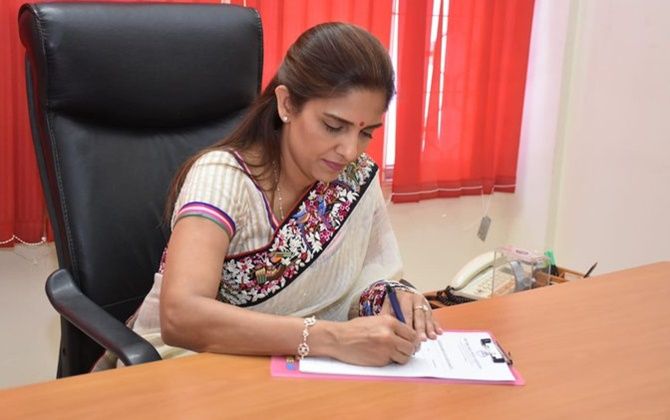
Why is it that only a certain group of people must control the administration of the BCCI or its member associations, despite having been at the helm for decades?
The administration of the BCCI is no different from the model followed by any corporate institution. The core values underlying both are the same.
The onus is on administrators to ensure that the game is delivered to the cricket lover in the country in its unadulterated and pure form, without any self-appointed experienced cricket administrator adding his two-bit to it.
It is the wiser among them who will see the writing on the wall and accept the reality. It will be the ill-advised and reckless, sanguine in their misguided self-belief of being the 'gifted ones', who will step into the uncharted territory of acute vigilantism to which sports bodies will henceforth be subject.
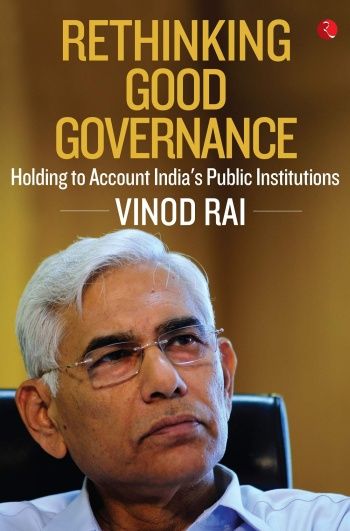
A true lover of the game is one who recognises that the time has come to pass on the mantle of administration to new and fresh minds while he himself sits back and fulfils the role of a mentor.
This is as true in corporate governance as it is in sports governance. Hence, those who truly love the game will be doing it a great favour by facilitating the baton's passing on.
They have had their time in the sun. They have achieved and delivered much. It is now for them to prove the truism that 'the old order changeth, yielding place to the new', and thereby walk away into the sunset with a halo still around them.
Cricket in India is not a mere game or passion -- it is a religion. Cricketers are treated akin to gods. The BCCI is the link between the cricketers and the cricket lovers of India.
Thus, if cricketers are deities and the public devotees, the BCCI naturally dons the role of the pujari or the priest.
The question that is going to be haunting the BCCI is: Is the pujari more important than the deity?
Excerpted from Rethinking Good Governance: Holding To Account India's Public Institutions by Vinod Rai, with the kind permission of the publishers, Rupa Publications India.










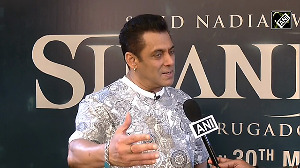

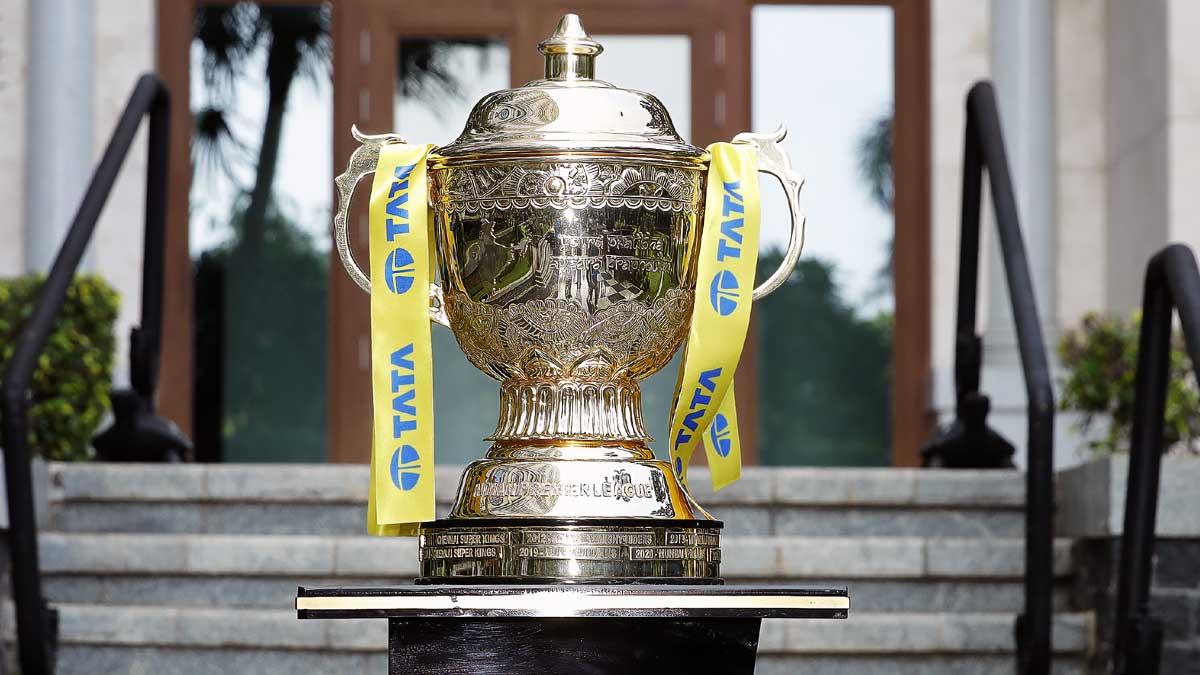
 © 2025
© 2025